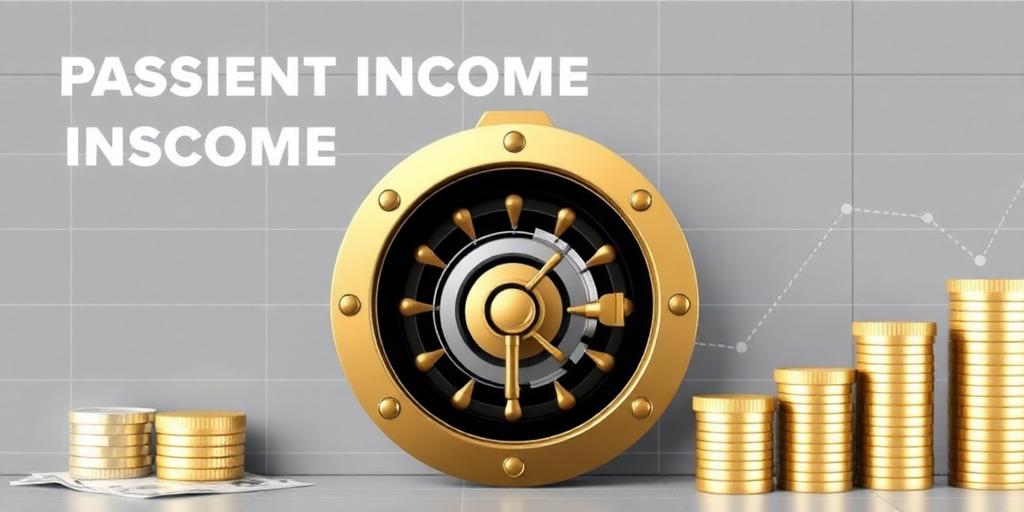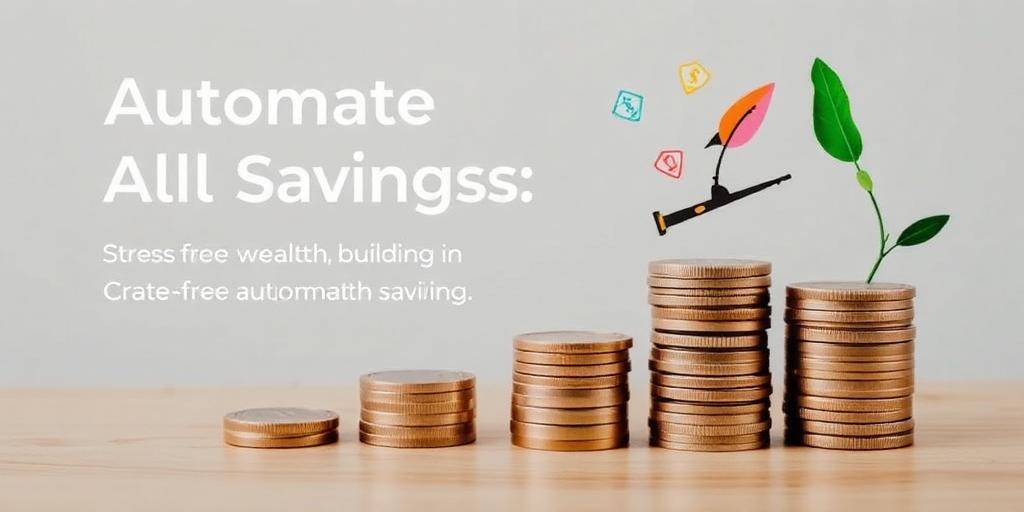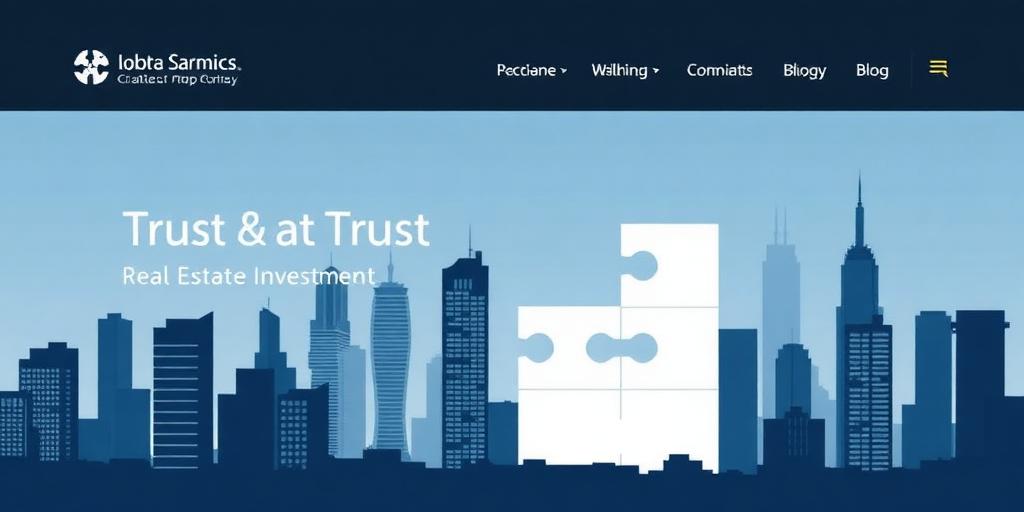The No-Spend Month: A Feasible Path to Financial Discipline?
In an era defined by relentless consumerism, the concept of a "no-spend month" has gained traction as a radical approach to recalibrating financial habits. But is it a sustainable strategy, or just another fleeting trend? This article examines the feasibility and potential benefits of a no-spend month, providing a balanced perspective for those considering this financial reset.
What Exactly Is a No-Spend Month?
At its core, a no-spend month involves consciously restricting all non-essential spending for a defined period. The objective is to become acutely aware of spending patterns, identify areas of unnecessary expenditure, and cultivate more mindful consumption habits. Essential spending, such as housing, utilities, groceries (within a reasonable budget), and debt obligations, remain permissible.
Key Considerations Before Embarking on a No-Spend Month:
- Define "Essential" vs. "Non-Essential": This requires careful consideration. While a daily coffee run is undoubtedly non-essential, transportation to work is likely essential. Be honest with yourself and create a clear framework.
- Establish Rules and Exceptions: A successful no-spend month necessitates clear guidelines. Are you allowing yourself any entertainment spending? What about pre-planned social events? Document these exceptions upfront to avoid ambiguity.
- Communicate with Your Household: If you live with others, ensure they are aware of your intentions and, ideally, supportive of your endeavor. This prevents friction and promotes a collaborative approach to financial discipline.
Potential Benefits of a No-Spend Month:
- Increased Savings Rate: The most immediate benefit is the potential to save a significant amount of money in a short period. This surplus can be allocated to debt repayment, investments, or emergency funds.
- Enhanced Financial Awareness: By consciously restricting spending, you gain a clearer understanding of where your money is going. This heightened awareness can lead to long-term behavioral changes.
- Reduced Impulse Purchases: The no-spend month forces you to delay gratification and resist impulsive buying decisions. This can break the cycle of emotional spending.
- Greater Appreciation for What You Have: By temporarily depriving yourself of non-essential purchases, you may develop a greater appreciation for the possessions and experiences you already enjoy.
Potential Drawbacks and Challenges:
- Risk of Deprivation and Burnout: Drastically cutting spending can lead to feelings of deprivation, potentially resulting in a binge-spending episode after the no-spend month concludes. Moderation is key.
- Social Implications: Restricting spending may impact your social life, particularly if your leisure activities frequently involve spending money. Be prepared to suggest alternative, low-cost activities.
- Difficulty in Tracking and Enforcement: Accurately tracking spending and adhering to the established rules requires discipline and effort. This can be particularly challenging in the initial stages.
Making It Sustainable:
- Gradual Implementation: Consider starting with a no-spend week before committing to a full month. This allows you to test the waters and identify potential challenges.
- Focus on Alternatives: Instead of focusing on what you can't buy, explore free or low-cost alternatives. This could include borrowing books from the library, cooking meals at home, or engaging in outdoor activities.
- Regular Evaluation: Periodically assess your progress and make adjustments to your strategy as needed. Flexibility is essential for long-term success.
Conclusion:
The no-spend month is a powerful tool for gaining control over your finances, but it's not a one-size-fits-all solution. By carefully considering the potential benefits and drawbacks, establishing clear guidelines, and approaching the challenge with a sustainable mindset, individuals can leverage the no-spend month to cultivate healthier financial habits and achieve their long-term financial goals. However, it is imperative to ensure that the approach remains a tool for positive change, not a source of unnecessary stress or deprivation.









